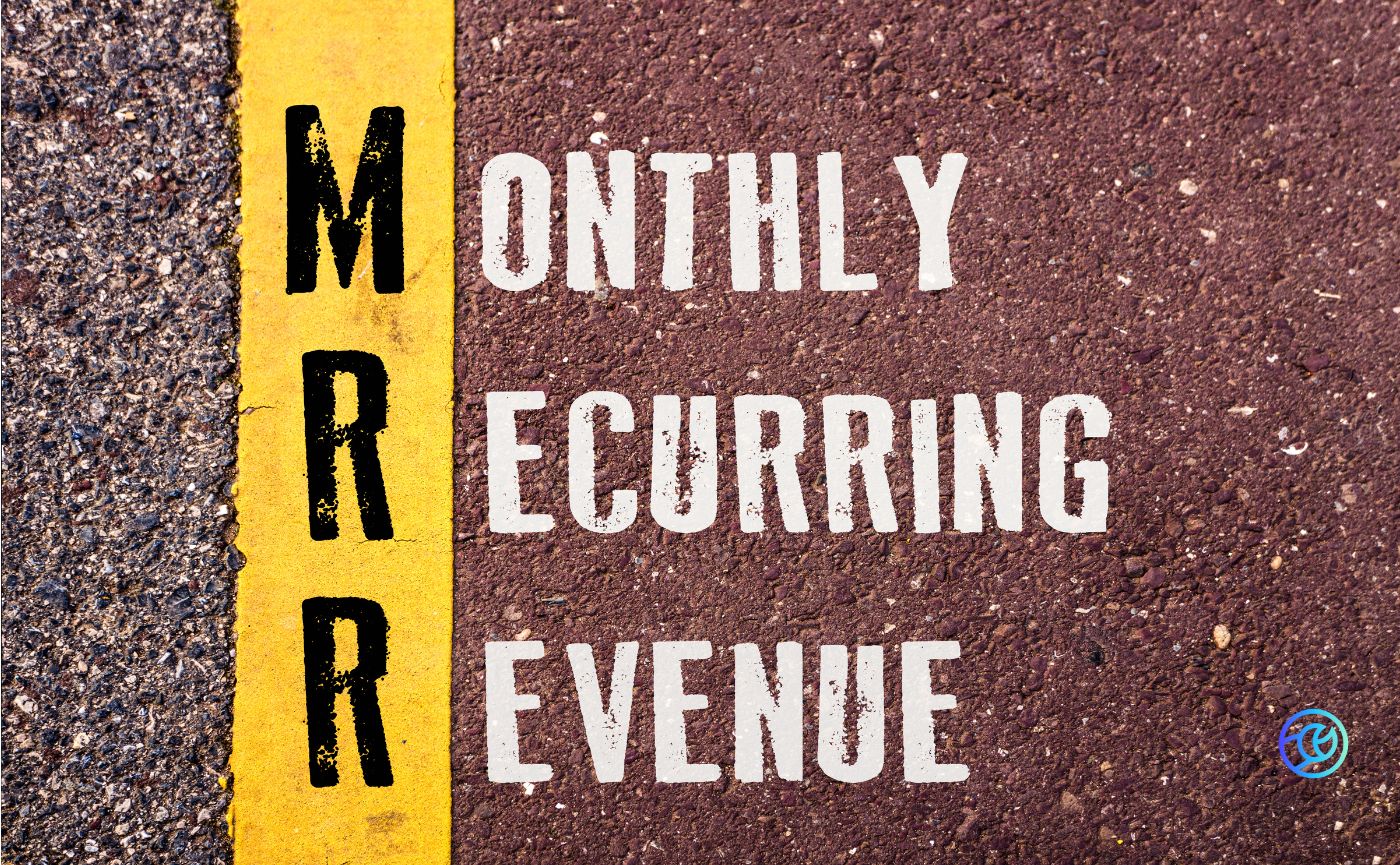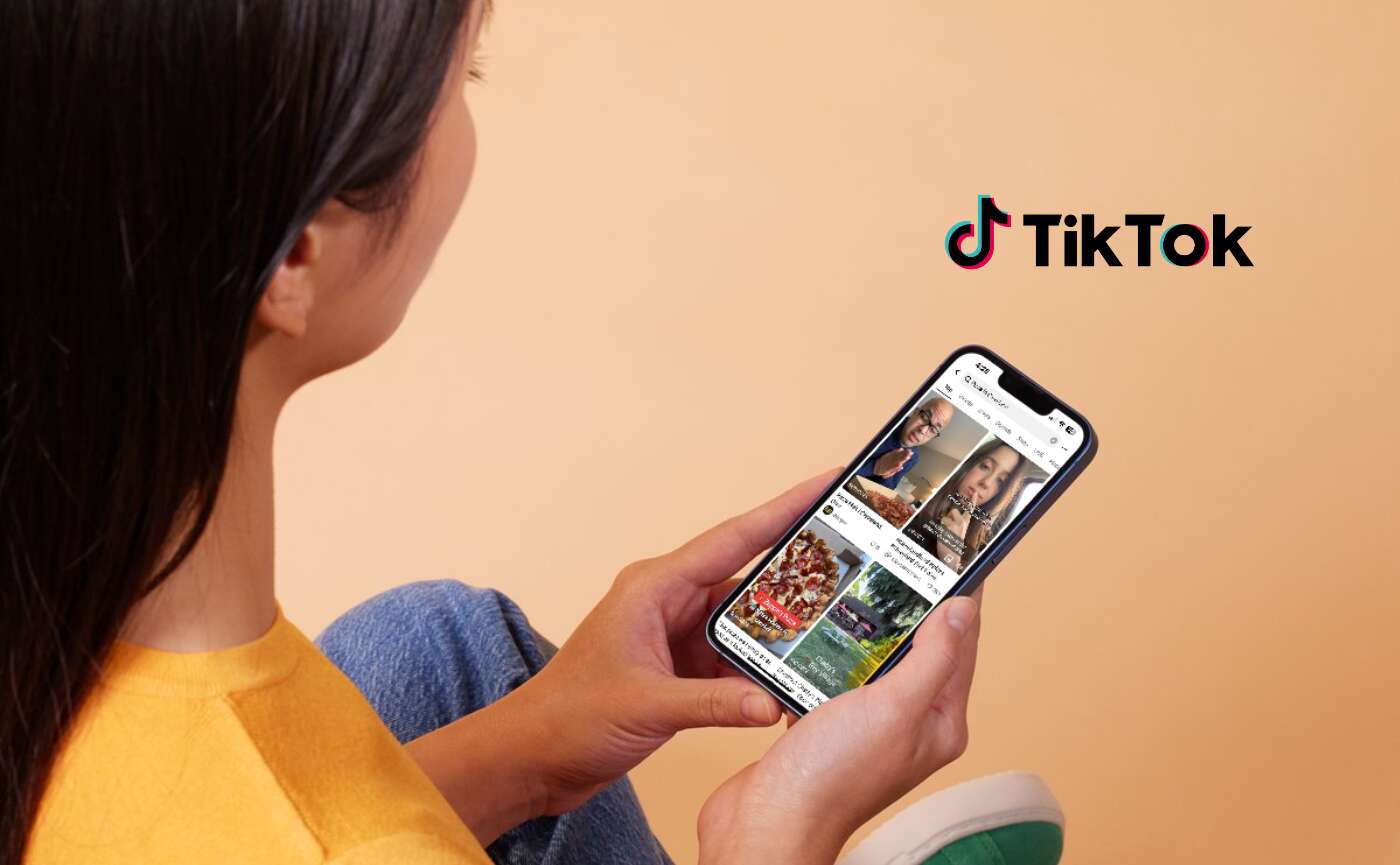Reality Check: They May Not Have Made Headlines, But These Social Advertising Trends Will Impact 2023
It is hard to believe 2022 has already reached its conclusion. For many of us in social advertising, it has left us with giant headlines of shifting landscapes that demand we reevaluate our social media strategies.
And yet, as we at Tiger Pistol sat down to write what changes in 2022 will truly be impactful in 2023, we found ourselves listing the less publicized announcements that barely hit most radars. These subtle, yet pragmatic, trends will guide next year far more than the bullhorn announcements that declare everything is different now.
Below you will find what we feel is important to know going into next year. We also tried to give a little perspective on a few of the more popular trends that others are writing about.
The Rise of TikTok in Context
In many ways, 2022 will be remembered as the year TikTok demanded attention. And why not? It reached over a billion users for the first time and flexed some serious developer muscle by announcing a stream of new features. However, there are a couple of things to know before aligning your local strategy to the rising platform. Looking at overall usage data, TikTok still lags Meta, especially when you consider that Meta owns three of the top six social properties. TikTok is worth understanding and possibly testing, but bulk usage still resides in the more established platforms. It is also worth mentioning that TikTok is still navigating governance in some countries, including the US. And unlike its predecessors, TikTok appears to be struggling to calm security concerns.
So, for marketers looking to reach the largest audience, Meta still rules the universe.

What We See Beyond the Metaverse
Speaking of the Meta, one of its most notable additions launched so quietly many may have missed it. In mid-2022, Meta formed a Local Enterprise Solutions (LES) team to focus on local activation at scale across brand advertisers, including a Local Enterprise Solutions hub. In a recent article for AdWeek, LES team director, Todd Glavinskas, said, “Specialists such as Meta Business Partners offer local businesses a way to maximize their resources and build campaigns that leverage best practices and target incremental audiences that their national brands may not be targeting.”
Things like focusing on creators and Meta’s short form video enhancements were worthy of headlines they received, but the creation of a strategic team focusing on local social proves the company is staying true to its roots as a community platform. In our book, Meta invigorating a top performing strategy like localization could easily shift the market in new ways.
Influencers in the Local Ecosystem
Another theme we heard repeated in 2022 was marketing through “creators” to drive awareness and influence purchasing. In fact, case studies, like these, highlight the results of using influencers compared to brand-created content. It is a surprise to no one that individuals with volumes of followers endorsing a product would have more impact than a standalone ad. This new area of investment is further proof that brands must move closer into a consumer’s world rather than shouting over the top of it. This reality is even more pronounced when the product is sold indirectly. The direct relationship with the shopper often lies with the local business and their experience within the store. In an article for Forbes, Ross Graber, Vice President and Principal Analyst at Forrester, said, “Expanding focus to the full spectrum of ecosystem business models — build, influence, sell, service, and manage — will fuel the revamping of what is currently known as channel marketing into a partner ecosystem marketing function.” Within this ecosystem, the one entity that can do all those things in a single experience is the local partner in the market. It stands to reason that there are few other interactions more important than the final moments when a consumer is in their local store making the decision to buy. Your local partners may not have millions of followers, but the attention they do garner from consumers go well beyond likes. As we head into 2023, a brand’s ability to convert this network of influencers into brand ambassadors could be the difference in navigating the ecosystem or getting lost in it.
In Summary
- TikTok is growing, but still has a lot of ground to make up.
- Meta is doing a lot of great things, especially in local social advertising.
- Your local partner may be the best way to personalize your message to a consumer.
While our lists of trends for 2023 may not be as flashy or dramatic as many of the articles you have read in the last week, sometimes it is not the brazen launchpad but rather the subtle bend that leads to the biggest success.
Here’s to a great 2023.
Discover how Tiger Pistol can power your local advertising success.
Related Posts
How SMB Resellers and Agencies Can Drive Recurring Revenue and Customer Retention with Subscription-Based Social Advertising
SMB marketing services resellers and agencies are challenged with creating predictable recurring revenue that is efficiently executed while bringing ongoing value to customers. Offering subscription programs drive value by providing a predictable revenue stream that creates upselling and cross-selling opportunities. Set It and Forget It Evergreen and Seasonal S
3 Reasons Marketers Are Collaborating More With Their Local Partners Than Ever
Your network of locations and channel partners represent an enormous opportunity for exponential revenue, but historically, brands have taken the easy road of marketing directly to consumers. Not surprising, as most agencies and tech solutions gear toward direct sales. Times have changed. Digital transformation in local markets has accelerated with consumers ex
How Localized Advertising Fuels Franchise Growth and Strengthens Franchisee Trust
Trust is the foundation of every successful franchise relationship. It shapes franchisees’ perception of the brand, influences their willingness to embrace corporate initiatives, and ultimately drives their performance. However, fostering trust in a franchise system requires more than just strong branding – it demands consistent communication, transpare
How TikTok is Redefining Search and Local Advertising
As our friends at SOCi highlighted in their latest research, TikTok has become the new search engine for Gen Z, with 62% preferring it over Google. This shift isn’t surprising, or as Gen Z might say, “We been knew.” Recognizing this trend, Tiger Pistol launched one of the first local social advertising solutions for TikTok […]





